37 Creative Plant Labels To Use In Your Garden
For most gardeners, growing vegetables goes beyond seeding, watering, and caring for the plants. The aesthetics of the garden is just as important as the health of your veggies.
To make your vegetable garden or flower beds stand out, you can use creative plant labels.
Have a look at these 37 creative plant labels to use in your garden.
1. Chalkboard Paint Plant Labels
Chalkboard paint is awesome, and you can use it to create original plant labels. You can choose to paint more or less anything you want to create the labels. For example, you can paint stir sticks, pebbles, or even pots and containers if you have an indoor vegetable garden.
Once the paint dried, use white or colored chalk to write down the name of each plant.
2. Painted Rocks Garden Labels
Chalkboard paint is not the only type of paint to use. You can paint river rocks or pebbles and decorate them either with the image of the vegetable or write down the name of each plant. Just make sure to use water-resistant paint.
Either way, you can still create beautiful artworks that will bring joy to your outdoor space.
3. Wood Signs Plant Labels
Wood signs are ideal to make original plant labels. You can either recycle old furniture or buy new planks from a carpentry shop. The ideas are endless. You can either paint the whole sign in a solid color and write the name of the vegetable or paint the image of the vegetable to avoid writing the name.
For a long-lasting result, it is recommended to coat the labels with waterproof varnish.
4. Wooden Spoons Labels
Instead of making wood signs, you can use wooden tablespoons to create an original garden marker. Paint the spoons in the desired colors and decorate them to your liking.
Don’t forget to apply a layer of the waterproof coating before using them in the garden.
5. Wine Cork Plant Labels
Are you a wine lover? Then why don’t you use old wine corks to label your plants? You’ll only need sufficient corks and wooden skewers.
With a black waterproof marker, write the name of each plant on the cork. Fix the cork on top of the skewer and your cork plant label is ready to use.
6. Arts & Crafts Plant Labels

Talented at arts and crafts? Use thin wooden board and wooden skewers to create the vegetable labels of your dreams. First, draw the shape of each vegetable on a piece of paper, the cut it. Use the model to cut vegetables out of the wooden board.
Paint each veggie in the desired colors, glue it on a skewer and use it to decorate your garden.
7. Scrabble Plant Labels
Scrabble tiles are great to create plant labels. Use the letters to write the words and glue the tiles either to skewers or to popsicle sticks.
Place each label next to its corresponding plant and that’s it! Your guests will be able to identify each plant.
8. DIY Aluminum Garden Labels
With an aluminum sheet, a screwdriver and a few bamboo sticks, you can make stylish garden labels. Cut the aluminum sheet into rectangular pieces and use the screwdriver to write the name of your veggies on each piece of aluminum. Glue the labels to bamboo sticks and the garden markers are ready to use.
Aluminum labels will have sharp edges, so they are not suitable if you have young children or curious pets.
9. Letter Beads Plant Labels
Talking about kids, they can help you make the plant labels. If you want to spend some fun and educative time with your children, ask them to help you make labels out of letter beads. Instead of thread or wire, you a bamboo stick or wooden skewer to display them.
10. Metal Spoons Garden Labels
In case you liked the aluminum labels idea described above but are looking for a more child-friendly solution, use old metal spoons for the labels. Engrave the name of the vegetables with a screwdriver or nail. Alternatively, you can even paint the spoons to create original decorative markers.
11. Terracotta Garden Labels
Why throw away broken terracotta pots when you can simply transform them into original garden labels? Use the broken pieces of the pots as they are. Paint the name of the vegetables on them and simply lay them on the garden, next to the row of plants.
You can also paint various motifs and decorations on each piece, to enhance the decorative effect of these labels.
12. Seed Packet Plant Labels
What better way to label the vegetables if not with the seeds packet? Fix each packet on a twig and cover it with a mason jar. This will prevent rain or water from ruining the packet.
13. Tin Lids Garden Labels
Tin lids can make adorable garden labels which can be hung on the plants. You can use tin lids of any shape and size, decorated or in solid colors. With a water-resistant marker, write the name of the plant on the solid color side of the lid.
Make a hole in each lid with a screwdriver and attach a rope. Hang each label on the right plant to identify your veggies.
14. Printed Garden Labels

Printed garden labels are among the simplest to make. Create the pattern you like, write the name of each plant using the desired font, and print the labels. Stick each label on a wooden tag and place it in the garden.
You can still use your creativity in designing the pattern and model of the labels.
15. Ceramic Tiles Plant Labels
Ceramic tile labels are the perfect choice for a rustic garden. You can either buy the labels at an arts and crafts shop or make them yourself using undecorated tiles.
Either bought or made by yourself, ceramic tiles are ideal if you wish to give a Mediterranean touch to your garden.
16. Popsicle Stick Plant Labels
Popsicle sticks can also make creative plant labels. You can use watercolors, paint, or markers to write the name of each vegetable on a stick and draw any decorations you like.
These plant labels are ideal to use in a square foot garden or if you grow your vegetables in pots.
17. Wooden Peg Plant Labels
In a rustic environment, wooden peg garden markers can make a true statement of creativity. Again, you can use any colors you like to paint the pegs and write the name of the plants.
If the pegs are small, use them to label your potted plants instead of the vegetable garden.
18. Plastic Cutlery Plant Labels
If you want to reduce waste and make environmentally-friendly plant labels, recycle your plastic cutlery and make garden markers out of it.
If you want to label all your plants and make a clear distinction between the areas you could use, for example, the spoons to make labels for the vegetable garden, the knives to label the plants in your pots, and the forks for the flower beds.
19. Seashells Garden Labels
Loving the seaside? Use seashells to make garden labels. You can use any type of seashells regardless of their size and shape. Write the name of each plant on the shells with a waterproof marker and that’s it.
If you don’t have access to a beach, you can buy seashells from a home décor shop.
20. Twig Plant Labels
Twigs are more versatile than you thought. You can use them not only to make plant labels but also to make other decorative objects for your garden. To combine function and beauty, you could make, for example, garden gnome labels out of twigs.
21. Painted Bricks Garden Labels
Making garden labels out of painted bricks is as easy as pie. All you need is bricks, paint, and a thin brush. Choose either white or black paint and write on each brick the name of a plant. Let them dry and place them in your garden.
22. Pearl Beads Plant Labels
Now, this is a tricky one. You’ll certainly need some artistic skills and time to make these labels but trust me, it’s worth it.
Cut the shape of each vegetable on hard cardboard. Glue colored pearl beads according to the shape to give color and life to the labels. For example, use red and green beads to make a strawberry or purple and green for an eggplant.
23. Fly Swatter Garden Labels
Fly swatters can be used for much more than swatter flies. To make plant labels, simply write on each fly swatter the name of a plant and position the label in the right spot in your garden. For the best effect, choose round or flower-shaped fly swatters.
24. Molded Clay Plant Labels
Kids love molded clay but adults can also use it for creative purposes. Such as making plant labels. Use the required letters and a mold to make the labels out of clay, then display them to beautify your garden.
This type of labels will let you play with shapes and colors, creating original markers to your taste.
25. Wood Burned Spoons Garden Labels
If you have any wood engraving skills and a beautiful handwriting, use a burner to engrave the name of your plants on wooden spoons. These labels are perfect to display in a cottage or country house garden.
26. Glass Marble Plant Labels
These labels are perfect for all gardens and are even easy to make. All you need is twigs, cute images of veggies printed on white paper, and glass marbles. Glue the pieces of paper to the glass marbles, with the pattern facing the marble. When the adhesive dried out, glue the marbles to the twigs.
Use the labels to beautify your garden, flower beds, or flower pots.
27. Bottle Cap Garden Labels
Soda caps can be transformed into garden labels with some glue, paint, and skewers. Glue a few caps together either in a rectangular or round shape. Paint them with your favorite color and write the name of each plant on a label.
Glue the label to a skewer and stick it in the ground to decorate your vegetable garden.
28. Pop Can Garden Labels
Pop cans can also be cut, flatten, then transformed into garden labels. The process is similar to the one described above, but remember to avoid making these labels if you have young kids or curious pets.
29. Wine Bottle Plant Labels
Apart from the wine bottle caps, the wine bottles can be recycled and used as garden labels. Once you’ve finished the wine, remove the label, turn the bottle upside down, and write the name of the plant.
Stick the bottle’s neck in the ground and your wine bottle plant label is ready to use.
30. Painted Canning Lids Plant Labels
If you’re looking for an original type of plant labels, make them out of canning lids. Can lids have the advantage of being easy to paint, resistant to rust, and large enough to hold the name of a plant and its image?
To display them, stick them in the ground or hang them on the plants.
31. Painted Wooden Blocks Garden Labels
Painted wooden blocks garden labels are easy to find in arts and crafts shops or you can make them yourself from undecorated wooden blocks. Regardless of your choice, they are a perfect match either in a rustic or in a modern garden.
32. Bamboo Stick Plant Labels

Bamboo sticks can be used either as supports for the labels or to engrave the name of the plants directly onto the sticks.
Ideal to use in a Japanese-themed garden or in a raised bed.
33. T-Shaped Plant Labels
Cheap t-shaped plastic labels can be transformed into works of art with just a little paint or colored markers. These labels are ideal to use indoors, for plants grown in pots.
34. Adhesive Aluminum Garden Labels
Adhesive aluminum garden labels are usually engraved with the name of the plants. To display the labels, you can stick the adhesive aluminum on a twig or skewer.
35. Wine Caps Plant Labels
Not only the corks but also the screw caps of the wine bottles can make original garden labels. Gather the number of caps you need and, using a cutter and a hammer, open and flatten them to obtain rectangular labels.
Cut to holes on each label and fix it on a skewer, then write the name of each plant on a label, using a marker in a contrasting color.
36. Keyboard Keys Plant Labels
If you have a few old PC keyboards, use their keys to create original plant labels. You can either arrange the keys on the ground or glue them to a skewer.
37. Poured Concrete Garden Labels
Last but not least, molded concrete plant labels are ideal to use in a classical or romantic garden. Use poured concrete letters to write the name of the plants directly on the ground. To give an aged effect to the decorations, grow some moss graffiti on each letter.

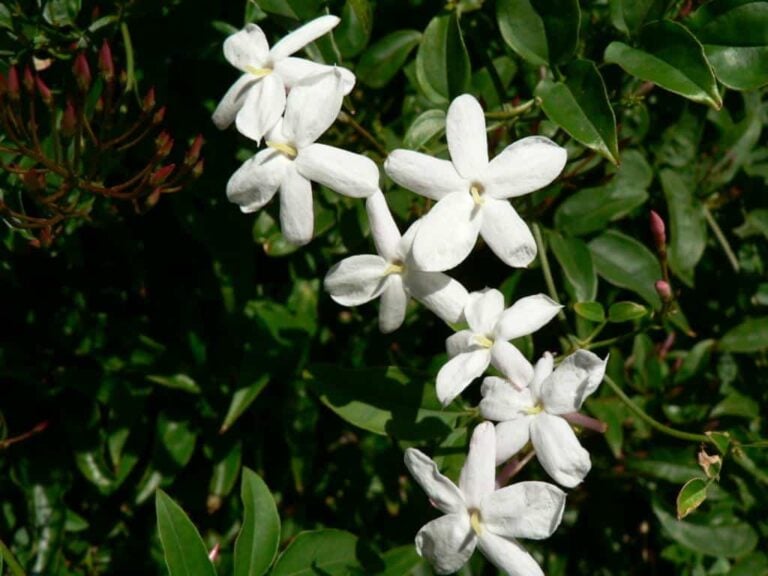
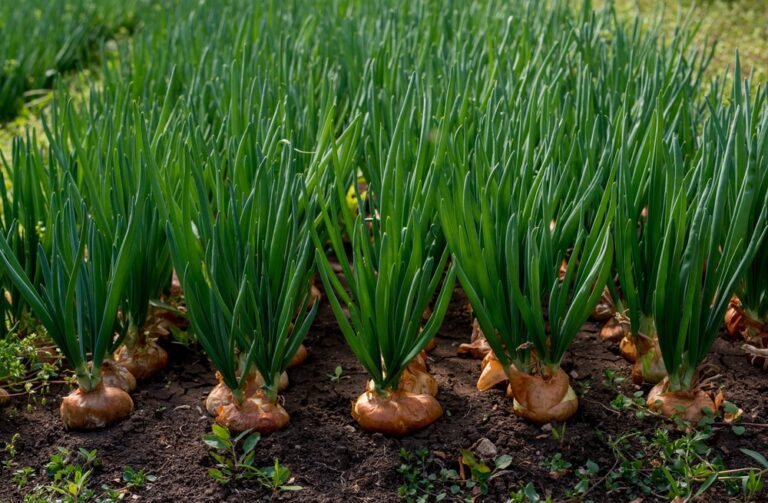
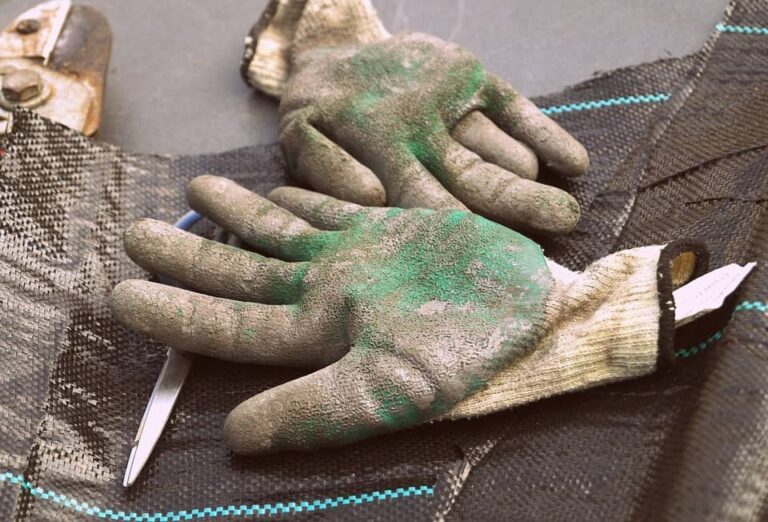
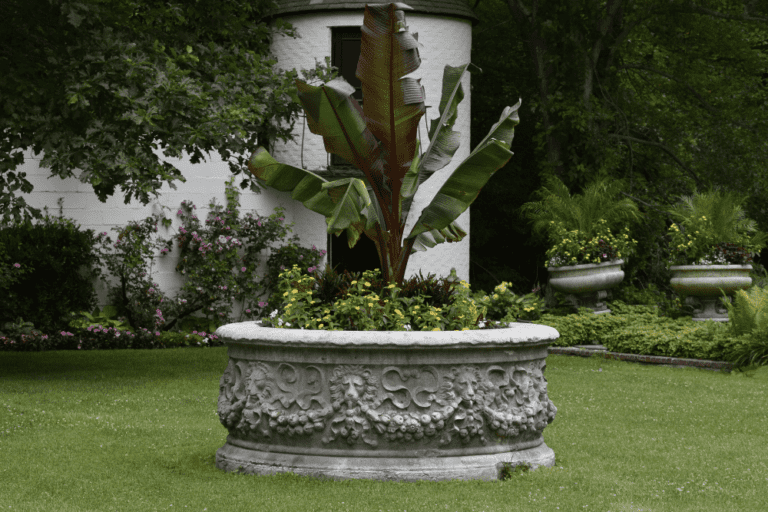
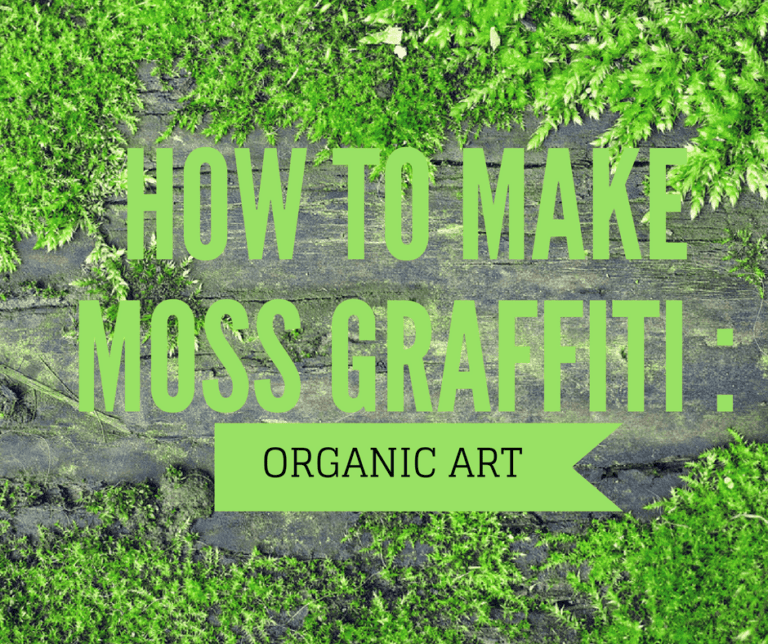
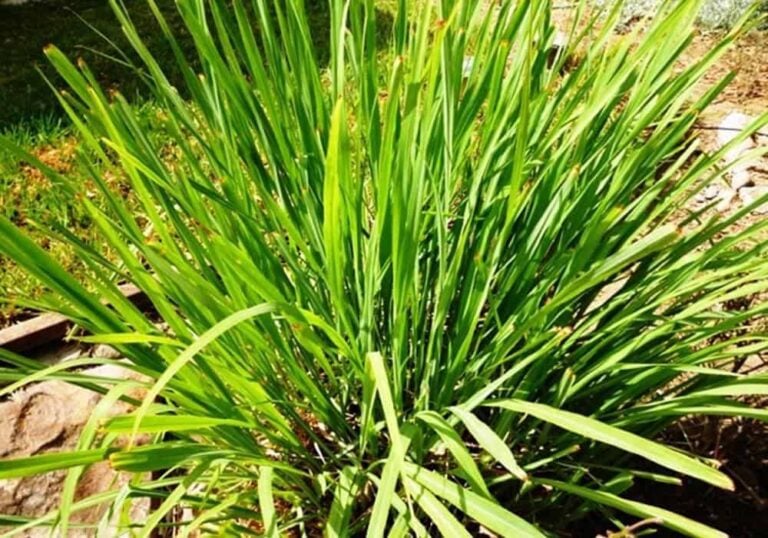
why can’t u just put price instead of life history of your products on? then maybe we’ll look at them better.